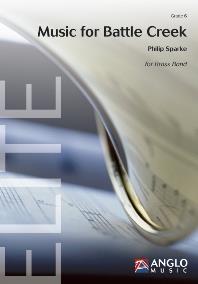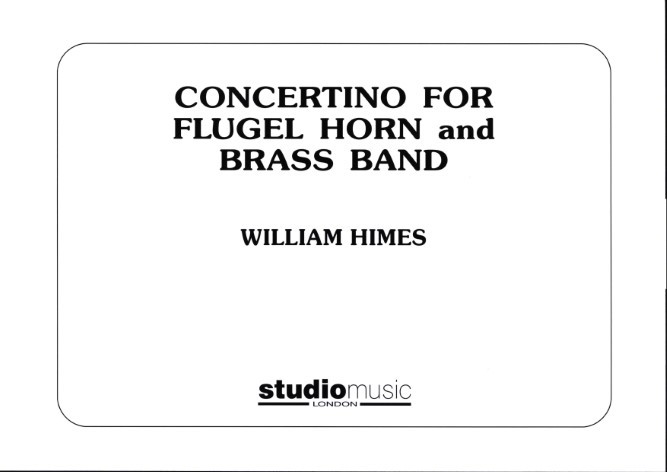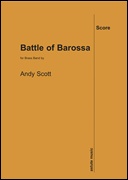We've found 816 matches for your search. Order by
Results
-
 £17.50
£17.50Rhapsody For Cornet And Band (Cornet Solo with Brass Band - Score only) - Bowes, Ray
This is a lyrical solo based on the carol 'A Christmas Lullaby'.
Estimated dispatch 7-14 working days
-
 £42.50
£42.50Music for Battle Creek (Brass Band - Score only) - Sparke, Philip
Duration: 14.45
Estimated dispatch 7-14 working days
-
 £37.95
£37.95Concertino for Flugel Horn (Brass Band - Score only) - Himes, William
Duration: 13:15Recorded on Polyphonic QPRL084D Light As Air
Estimated dispatch 7-14 working days
-
 £32.95
£32.95 -
 £54.95
£54.95BATTLE OF BARROSSA (Brass Band Parts) - Scott, Andy
Brass Band parts only. For brass band & narrator and is one continuous movement. The piece tells the story of the famous Battle of Barossa in March 1811, with musical sections depicting events as they unravel. Duration: 16:00
Estimated dispatch 7-14 working days
-
 £25.00
£25.00BATTLE OF BARROSSA (Brass Band Score) - Scott, Andy
Brass Band score only. For brass band & narrator and is one continuous movement. The piece tells the story of the famous Battle of Barossa in March 1811, with musical sections depicting events as they unravel. Duration: 16:00
Estimated dispatch 7-14 working days
-
 £37.95
£37.95CONCERTO FOR TRUMPET (or Cornet) (Trumpet or Cornet/Brass Band - Score only) - Haydn, Joseph - Wright, Frank
.
Estimated dispatch 7-14 working days
-
 £32.95
£32.95FANFARE FOR THE COMMON MAN / HOE DOWN (Brass Band - Score only) - Copland, Aaron - Snell, Howard
Hoe Down Recorded on Polyphonic QPRL073D Master Brass (Volume Six)
Estimated dispatch 7-14 working days
-
 £37.95
£37.95FANTASY FOR BRASS BAND (Brass Band - Score only) - Arnold, Malcolm
Op.114a. 2017 Butlins Mineworkers Contest Test Piece First Section.
Estimated dispatch 7-14 working days
-
 £32.95
£32.95
